The black amaranth plant from my garden
As a public health nutritionist, I was excited to work with amaranth because many people were asking for my advice on how to cook with this “newly-discovered” superfood. After all, it is gluten free!! My first try was quite disappointing. Amaranth looked so much like miniature quinoa that I tried to cook it like other grains. What I ended up with was a gluey mess.
I began to experiment with different ways of working with it. I learned to pop amaranth (even though it´s easy to buy popped amaranth commercially). I also began to work with amaranth flour. What most people do is add a small amount of amaranth flour to regular flour in recipes, but I wanted to be able to appreciate its taste (nutty, light, and emblematic) and take advantage of its superior protein quality. I hoped to create something using pure amaranth flour and I did! The result: an extremely quick, healthy and somewhat sweet “bread”. It is healthy not only because of using only amaranth flour, but because of the small amount of butter and raw sugar. (The recipe to follow in my blog.)
Then, thanks to a little consultancy with OXFAM Italy, working near Ibarra, in the north of Ecuador, I learned of amaranth´s deep significance in indigenous cultures. Before the colonists came to the Americas, amaranth was an important ritual food. Women cooked it with a small amount of water to produce a sticky mass. Sculpted into replicas of gods, it was eaten and shared among the living. The sacred ritual was a communion, of eating the gods. My, how we humans are linked!!
With OXFAM, I tried out many forms of preparing both regular amaranth, a cream-colored seed, and also black amaranth (as picture above in the photo from my garden) , that cooks differently from the cream-colored one. In Ecuador, black amaranth comes from the same plant (“ataco”) that gives the characteristic color and flavor to “colada morada”. In the rest of the world, the cream-colored amaranth is more common.
I´m thrilled I´ve had the chance to work intensively with both amaranths so I can share my findings and discoveries with you. Over the next few weeks, I will share several recipes that I have discovered and developed during my adventures with amaranth. Stay tuned.
As a side note, I try not to focus too much on specific “superfoods.” No one food, no matter how full it is of nutritional value can significantly improve our health. What does makes a difference is eating and an enjoying a balanced variety of fresh, real foods. This is what I hope to share with you.

